There are lots of different ways to take photographs, and sometimes it’s fun to try out something different from your usual method. Let’s take a look at documentary style, which is used by photojournalists and also as a tool for fine art projects that capture real life. Plenty of photographers make a living with this style of photography, which can be very powerful and moving when done correctly. If you want to try shooting this way yourself, these are some key tips which will help you capture everything the right way.
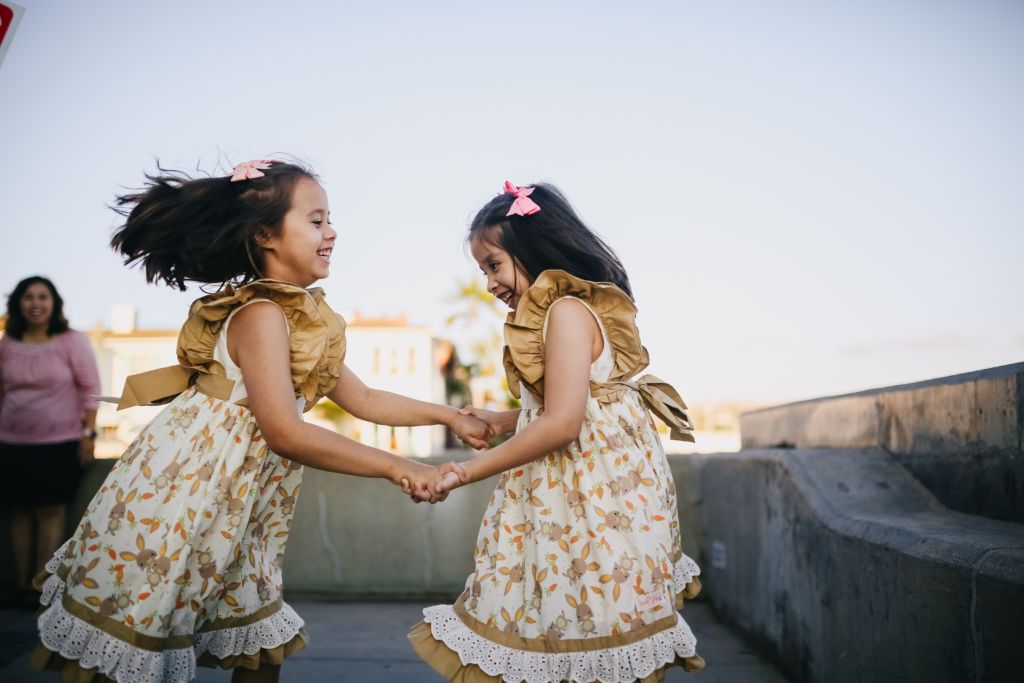
Be present
The first thing you need to know about documentary photography is that it is all about being present in the moment. You have to be right there while something is happening, and even if it is nothing more than daily life, you can’t capture it if you aren’t present. This doesn’t just mean being in the location at the right time. You also have to learn to keep your eyes open and look not just for the perfect shot, but also the circumstances that might be leading up to the perfect shot so that you are ready when it happens. This is something you can only really learn through experience, so getting out there is your first step.
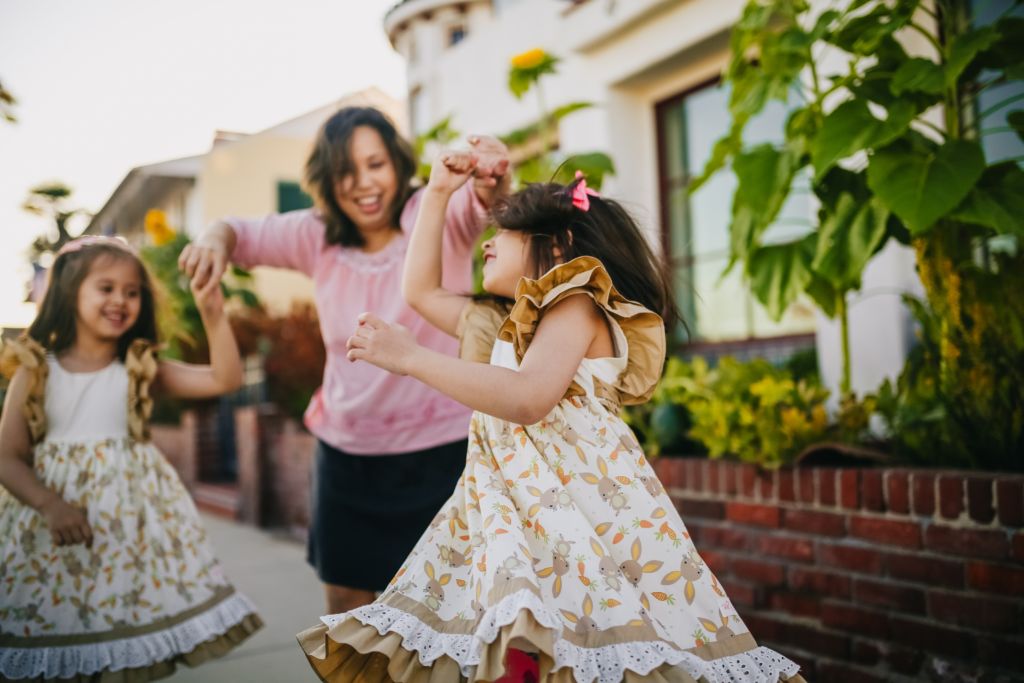
Be invisible
Most of the greatest documentary photographers, whether they covered riots and wars or street style and homeless people, learned how to be invisible. They are not part of the scene themselves, and simply blend into the background. They go unnoticed, and so everything carries on as normal around them. This is a real skill and it’s all about knowing where to sit or stand or how to carry yourself. Some photographers will even use a camera with a screen that rotates so that they can casually shoot whilst seeming to look down. This is known as shooting from the hip and originated with the classic medium format film cameras, which had a viewfinder on top of the camera for you to look into. You can even buy these today, if you have the facilities to develop medium format film!

Be visible
Wait, didn’t we just say to be invisible? Well, some documentary photographers have gone for a different style entirely. This one is down to personal preference! You can also get right up in people’s faces and ask them for a photograph, or jump in front of them to get a close-up portrait (though you might meet some resistance if you try this method). Street style photographers these days often ask those they see passing by to stop and pose. It’s debatable whether a posed image can be seen as a “true” documentary photograph, but we’ll leave it up to the experts to discuss that one.
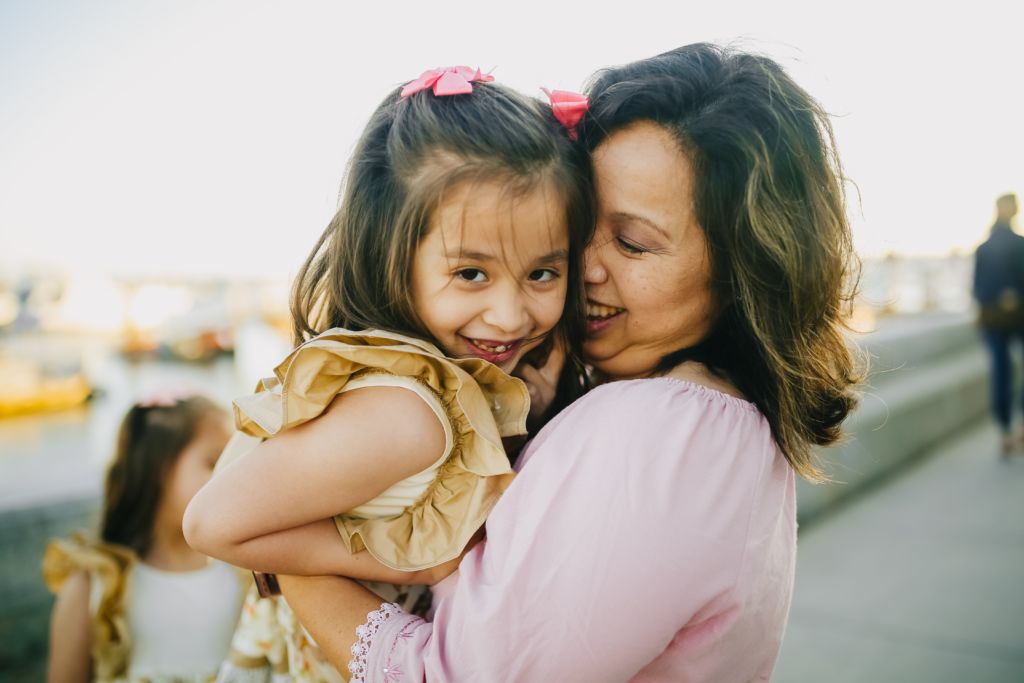
Be an artist or a window
There’s another area in which you can make a personal choice, too. Some documentary photographers take pictures in the name of journalism and recording, becoming a window into a certain time or part of the world and what is happening there. These photographers should never edit their images beyond colour correction. The images must remain exactly true to what they are, and there have been plenty of controversies with photojournalists getting caught out because they made changes to an image. The other kind of documentary photographer is one who takes pictures in the name of fine art. These images are normally intended for publication, either in a book, a magazine, or an art gallery. It’s fine to edit these images as much as you like, though normally a subtle touch is advised. For example, you could use the Summerana Colorosity Lights Photoshop Action Collection to add light and colour to your image for stylistic purposes.

Be an expert
Something you should make sure to do before trying to sell or exhibit any photographs is to know the rules. Become an expert on legal matters concerning photography, which differ from country to country. In some parts of the world, you can take photographs of whatever you like and they belong to you with no challenge. In others, you may need to register your copyright. There’s often also a difference in what you can do with your images if you are on public or private land, and whether or not you get permission from the subject to photograph them. If you are worried about destroying the image by approaching a subject first, try taking the photograph and then talking to them. This is a great way to promote your website or social channels too, as you can hand them a business card and let them know where to find their images. If you have full written permission to take a photograph and use it however you like, then there can never be any legal challenge from the subject if you try to sell it in future. They also won’t be able to claim some of the profits back from you.
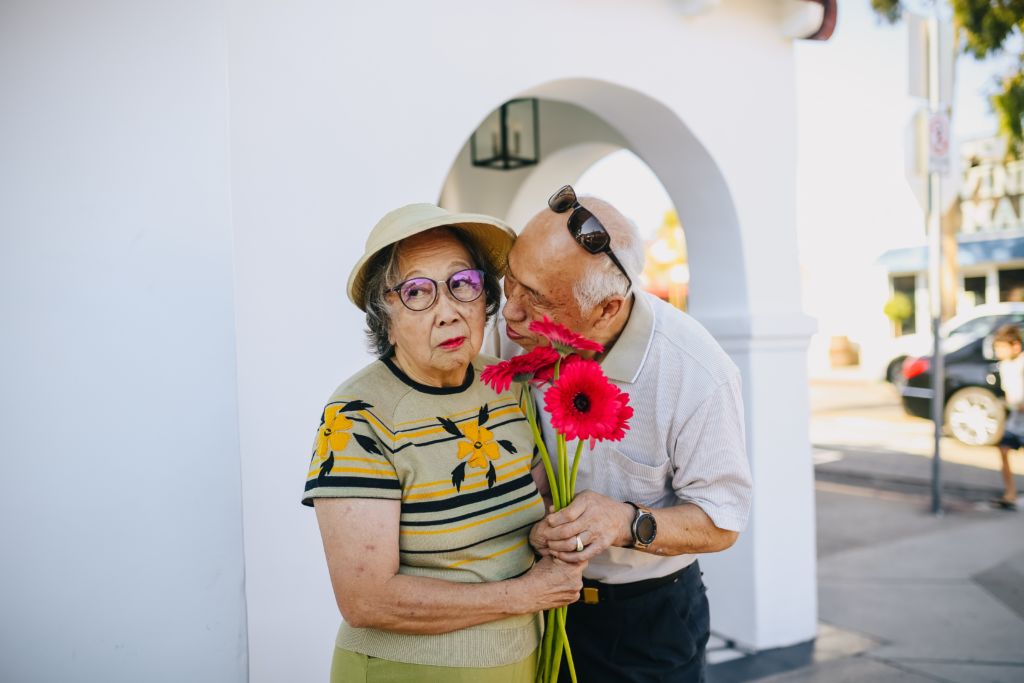
Be relaxed
One thing to remember is that you can’t capture everything. Even in the instant that you press the shutter, you will be missing the moments directly after taking your image. So why worry about it? even if you see one hundred great moments pass you by and only capture one, just be glad about the one you have. Take on a more relaxed attitude and you will find that you capture better images. It’s also good to be able to take a break once in a while – sometimes you need to get out from behind the camera and directly experience what is happening around you instead! It’s also true that if you are stressed and nervous about taking photographs, subjects can pick up on this and respond negatively, so be aware of that.
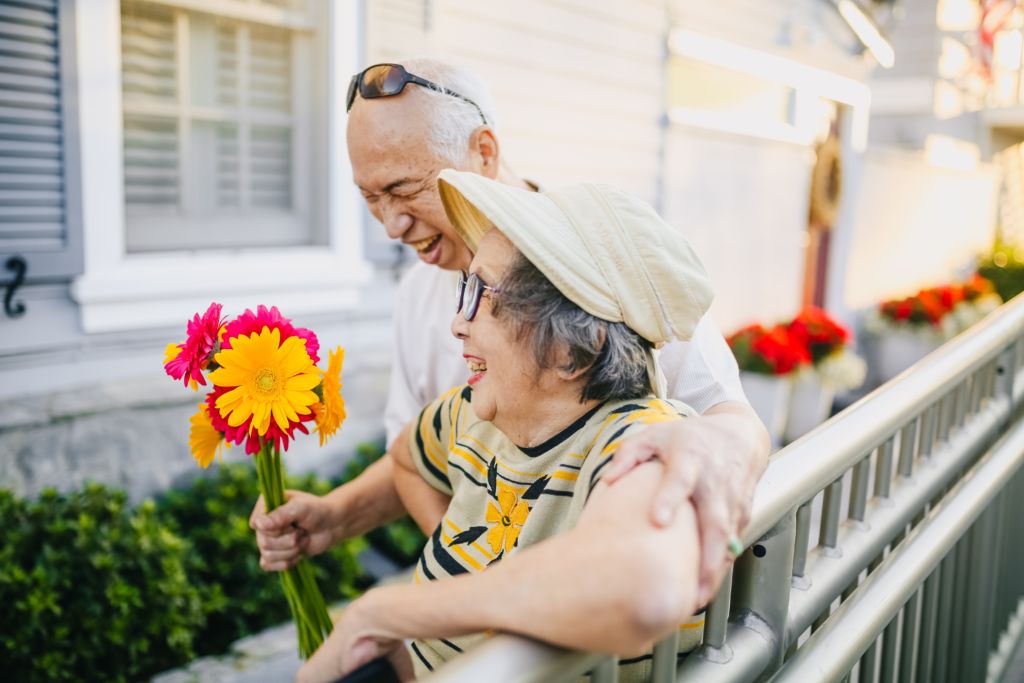
So, how many of you have tried taking documentary style photography before? We would love to hear about your experiences and what happens when you try these tips in the comments!